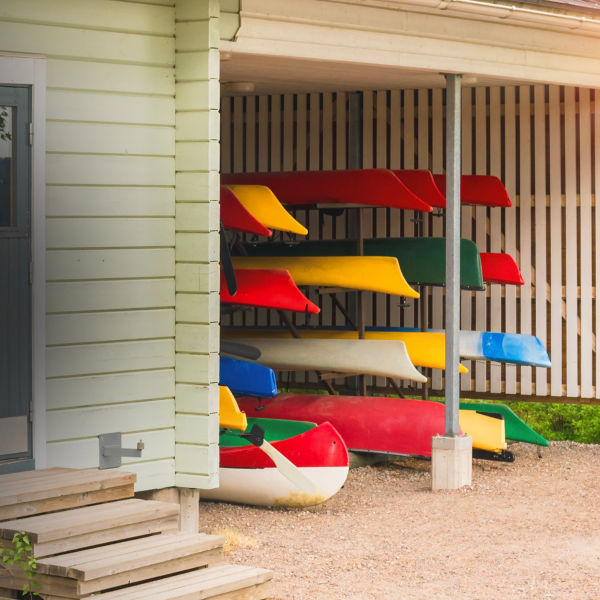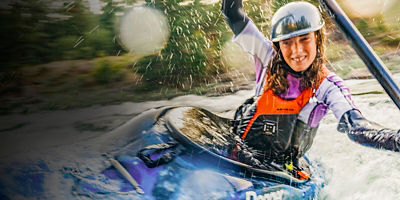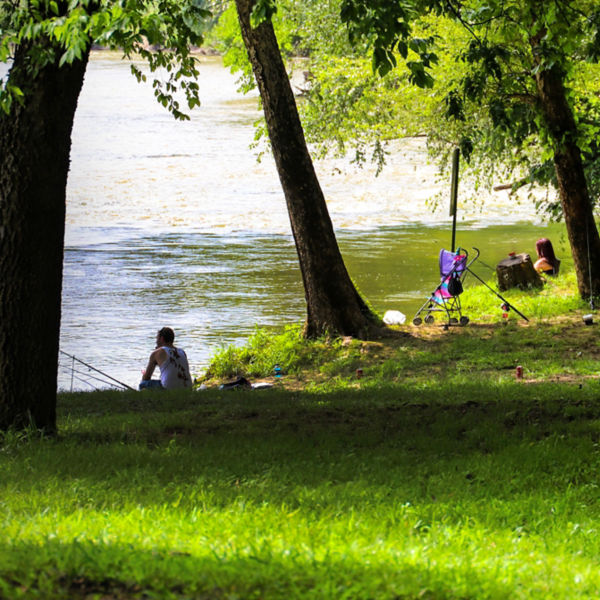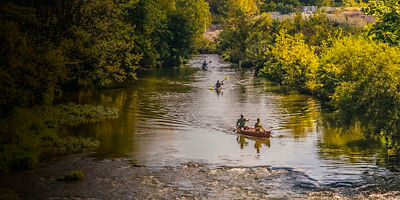
For all that standup paddleboarding has grown in the last 15 years, it’s easy to forget the sport’s humble and storied origins, not least in the surf of the Hawaiin Islands. At its core, the act itself—standing on a craft for increased paddle leverage and vantage over the water—is pretty simple. But with the sport’s more recent global expansion, there are now more ways than ever to experience different bodies of water on a standup paddleboard, each with variations of a few fundamental techniques, tips, and gear necessities. So no matter where you’re hoping to launch your new SUP, keep in mind a handful of key factors before you hop on board.
Gear Essentials
Once you’ve picked the right paddleboard, you’re 90 percent of the way to hitting the water, but there are a couple other obvious needs:
- SUP Paddle: A good paddle can make all the difference between effortlessly cruising across the water and coming home sore. For starters, choose one that’s the right length. To test it, place the paddle blade at your feet. Reach up and see where the handle T-grip lines up on your arm—it should sit about at your wrist. Consider an adjustable paddle if more than one person plans to use it. Plastic and aluminum paddles are cheap and durable while composite (fiberglass and especially carbon fiber) paddles are lighter but more expensive. Finally, think about blade size: A larger blade face will generate more power (like the highest gear on a bike), which is best for bigger paddlers. Smaller blades are more efficient for smaller paddlers.
- PFD: Regardless of your comfort level swimming or falling off the board, a personal floatation device (PFD) is still a critical, life-saving piece of gear—if you wear it. Wearing one is also federal law for children under 13, whereas adults must at least carry one on their board outside of surfing or swimming areas. PFDs that can be CO2-activated or inflated from inside a waist park are a popular, low-profile option for standup paddlers wanting unobstructed paddle strokes. Children and paddlers on rougher, moving waters should consider a traditional vest-style, U.S. Coast Guard-approved life jacket that does not require activation in an accident.
- Leash: Unlike heavier canoes or kayaks, if you slip off your paddleboard, there’s a good chance (especially in high wind) that the entire board could skip away from you and coast out of reach. A leash is an important tool to prevent you from losing your best source of floatation: your board. It typically attaches your ankle to the end of your SUP to keep it within arm’s reach if you go for a swim. Standup paddlers floating downriver should use specialized leashes that can quick-release in the event of a snag.
- Outerwear: Like any paddling activity, it’s important to have light, wicking, and sun-protective clothing for a summer day on your SUP. Because paddleboarding regularly goes hand-in-hand with swimming or wading in the water, always dress for the temperature of the water, not the air. That means adding layers that can shed water, dry fast, or still insulate when wet—and considering a full wetsuit in cooler climes. For footwear, think quick-drying water shoes, sandals or booties that will provide ready traction on slippery, muddy shores.
- Dry Bags: If you plan on bringing any other day-paddling essentials (and especially any electronics), use a waterproof dry bag to seal anything you don’t want getting wet. Look for a paddleboard with bungee straps or attachment points to keep it or any other loose items secured to the deck.




















































































































